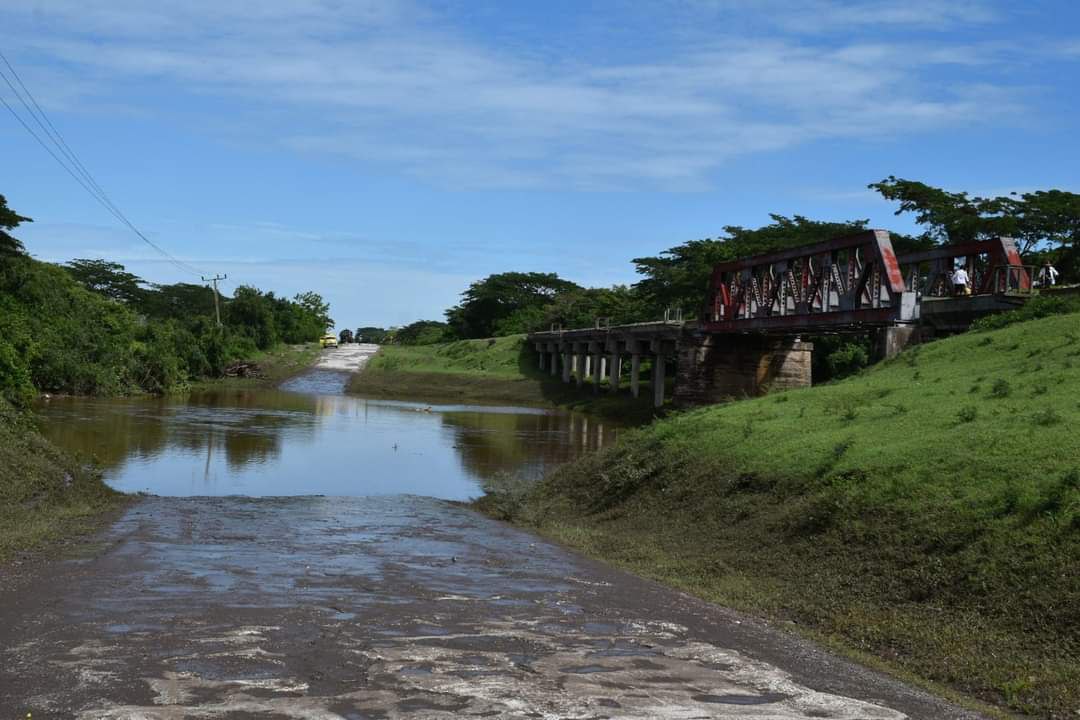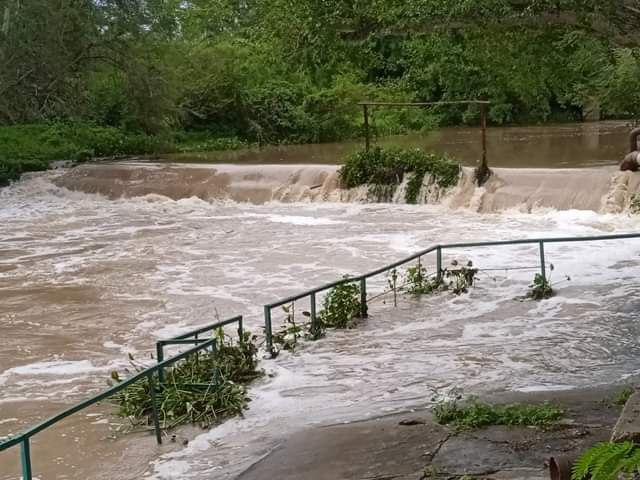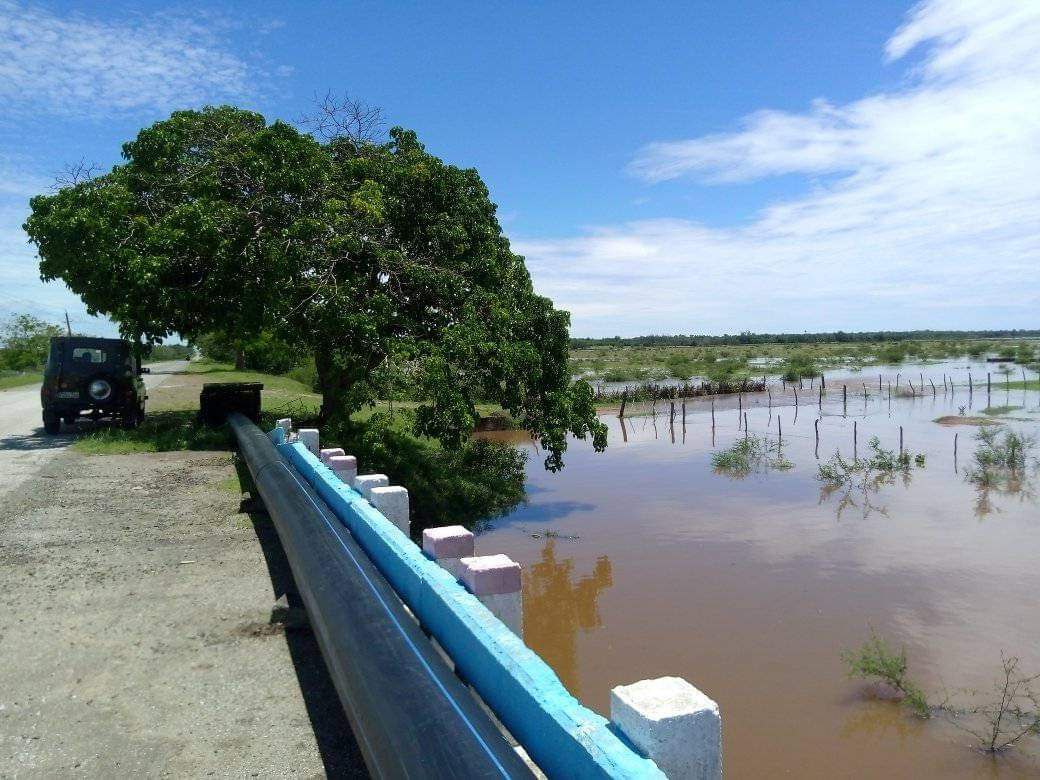
The recent rains caused flooding in the low-lying areas of several municipalities of eastern Las Tunas province; while the Juan Sáez reservoir does not pose any danger to the population, although its volume of stored water has increased. For its part, the Electric Company reported several damages to its network.
Las Tunas, Cuba.- The rain gauges of three towns of "Jesús Menéndez", in the north of Las Tunas (Juan Sáez and Copo del Chato dams and the municipal aqueduct) recorded more than 100 millimeters of rain in the last 24 hours, and in Vega de Mano, 90 were accounted.
According to local radio reports, this rainfall flooded the lowest areas of streets 10 and 23, in the El Batey neighborhood; 14 Street, in Pueblo Viejo; and in the community of Los Pinos, all in the town of Chaparra. There, work is being done on the drainage to minimize the effects on homes.

The Juan Sáez dam would have increased the water it currently accumulates from 19 to 24.5 million cubic meters; however, this last amount barely represents 22 percent of the capacity of the largest artificial reservoir of the precious liquid in the Cuban Eastern Balcony.
Meanwhile, in Jobabo, the rise of the local river cut off the road that connects that municipality with "Colombia" and the waters threatened other vulnerable spaces in neighborhoods of the municipal seat. In Manatí, the authorities closely monitor the most vulnerable points of the highway that connects that northern municipality with the provincial capital.

At the same time, the Las Tunas Electric Company reported that after the recent rains, some 721 interruptions to the electrical service were reported; 595 were satisfactorily resolved. On Wednesday, they worked "on solving the breakdowns in circuit 2020, which includes the town of “Colombia,” and circuit 6470, corresponding to the area of Macaguas and the surrounding population.”
The number of affectations to the electrical service during this period, the entity commented, increases, taking into account the intensity of the winds and heavy rains. “The prompt solution of the breakdowns and reports of affectation depends, fundamentally, on the inclement weather and the persistent rains, circumstances in which it is impossible to work on the electrical systems and its parts. Under strict safety regulations, electrical workers work tirelessly to diligently provide solutions to these interruptions," the information pointed out.
Only on June 6, in 13 locations in Las Tunas, 100 millimeters of rain precipitated; in more than twenty, the figures equaled or exceeded 50 millimeters; everything, according to the information of the Delegation of the National Institute of Hydraulic Resources.
(With information and photos by Luis Enrique Escobar, Yaidel Rodríguez, and Carlos Alberto Cabrera)





